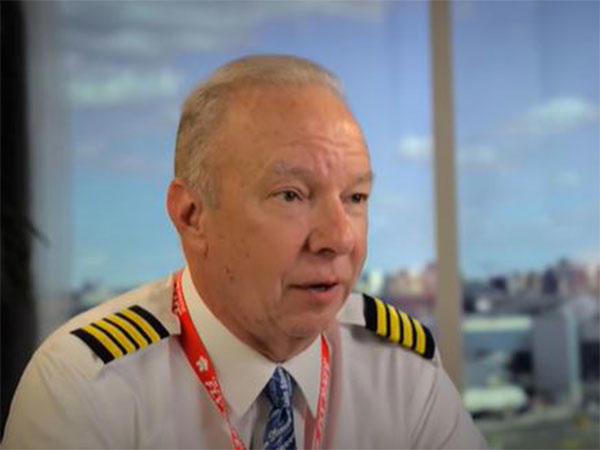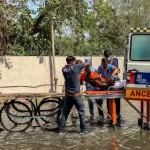New Delhi [India] June 13 (ANI): Aviation expert and experienced pilot Captain Steve has suggested that the crash of Air India flight AI171 was likely linked to many reasons rather than a direct engine failure, based on his review of visual evidence and aircraft characteristics.In a YouTube video, Captain Steve, who has flown both the Boeing 777 and the Boeing 787, said, “Three main theories revolve around the loss of lift of this aeroplane.” He added, “The Boeing 787 is more capable than the 777 in many ways, and one of the first things I noticed in the video was how flat the aircraft seemed before the nose rounded out.”Captain Steeeve said there had been widespread speculation about the aircraft’s flap positions, key components that affect lift during takeoff. “From that distance, it is impossible to tell whether the flaps are out or up,” he explained. “For the Boeing 787, at that gross weight, they would most likely be taking off with Flaps Five — meaning leading-edge devices deploy at the front and flaps extend five degrees at the back.”However, he found it perplexing that the aircraft in the crash video showed no signs of flap deployment. “This aeroplane does show characteristics that it doesn’t have any flap, which is perplexing and head-scratching for sure,” he said.Observing the sequence of events captured on video, he noted that the aircraft looked normal initially with its landing gear still down, which is unusual since gear retraction typically occurs around 50 feet above ground.
“We can see both engines, and while we don’t know if they are producing thrust, there’s also no flame, sparks, or indication that they’re not operating normally,” he pointed out.Addressing the theory of a twin-engine power loss, Captain Steeeve said, “Let me be specific — this was a loss of lift. It could have been caused by power loss, but the main theory is that the aircraft lost lift and simply stopped flying.””If both engines failed, it could be due to a flock of birds, but we don’t see that in the video. There’s no flame from the engines. The other possibility is fuel contamination — both engines share fuel — but you’d usually see sputtering or erratic behaviour even then. Everything looked smooth, so I don’t think it was an engine issue.”Explaining another possible cause behind the incident, Captain Steeve said, “Another theory I think is that the pilot told the co-pilot ‘gear up’ at the appropriate time. I think the co-pilot grabbed the flap handle and raised the flaps instead of the gear. If that happens, it’s big — and that explains why the aeroplane stopped flying. The lift over the wings died because at that point, the flaps were absolutely retracted. All the extra lift you’re producing over the wings just goes away.”He added, “You’re already slow, the power is pulled up and pushed all the way — and you’ve still got those big landing gears out there producing all sorts of drag. That’s a bad combination at this point.”Referring to visuals from the video, he observed, “You see the nose starting to come over. Why? Because the aeroplane is trying to create as much lift as it can over those wings. And if the flaps are coming up, it’s going to nose over even more to get airflow over the wings.””That could be an uncomfortable feeling for the pilot at the controls — he’s losing airspeed, and he begins to lose altitude. He may think the gear didn’t come up. He might not know the flaps came up — he just sees motion next to him,” Steeve said.Further analysing the sequence, he stated, “As we see in the video, at that height, the plane starts descending. The pilot pulls the nose up a little more, power is likely pushed up, and now he’s going to get a power-on stall. Not enough lift is being produced by the wings, and all that drag is still being produced by the landing gear that’s still out there.”Captain Steeve, while analysing the aircraft’s flight behaviour, said, “I could be completely wrong on this, but the flight characteristics, to me, look like there wasn’t any lift coming over the wing. And the only way that could happen is if they didn’t have the proper flap setting.”He continued, “However, if they had an improper flap setting, it’s inconceivable in my mind that they did that takeoff roll without the flaps out — because the bells and the horns and everything would be going off at that point.”The incident remains under investigation by aviation safety authorities. (ANI)










